Home>Furniture>Living Room Furniture>How To Make Cushions
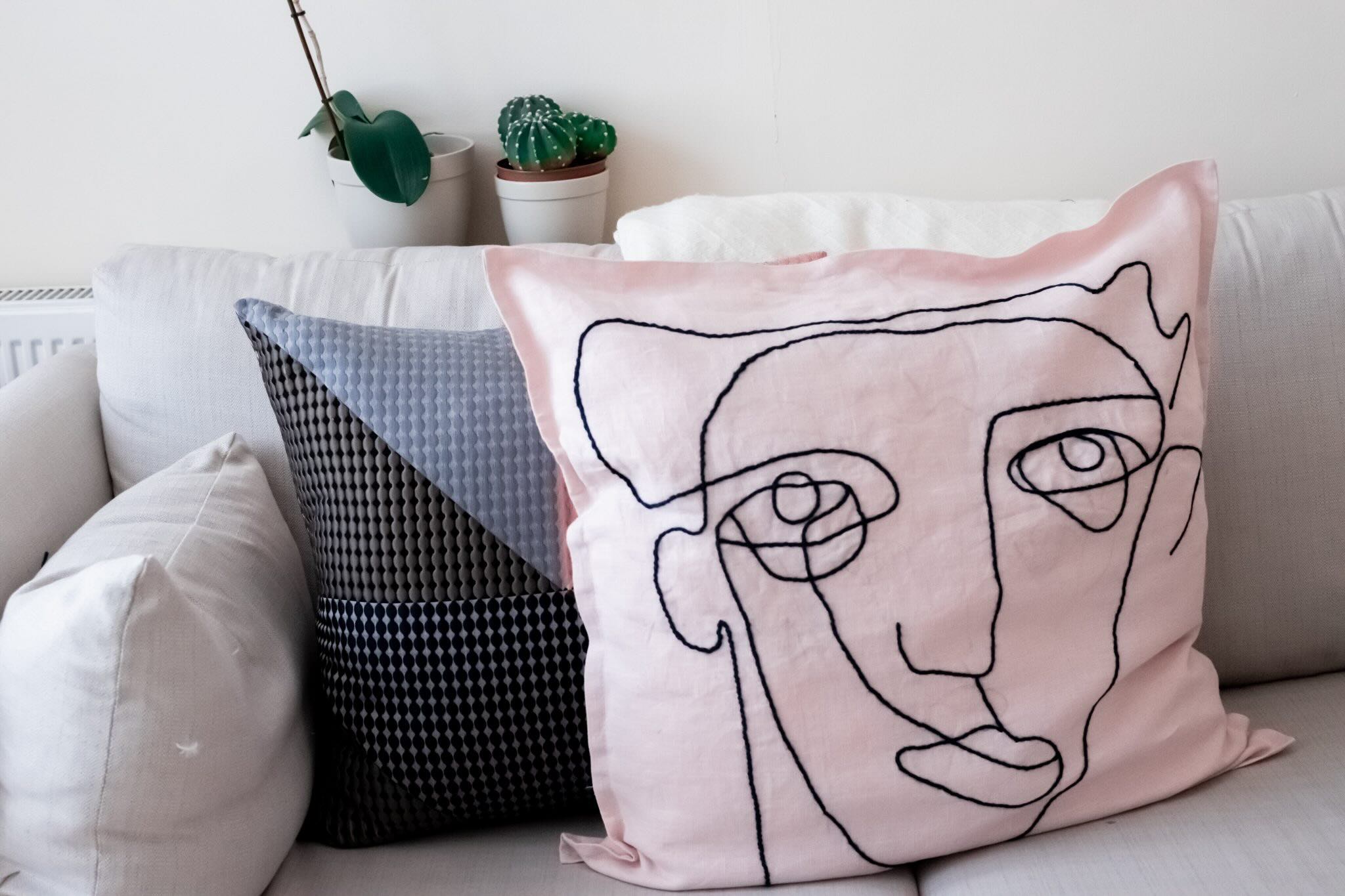

Living Room Furniture
How To Make Cushions
Modified: March 16, 2024
Learn how to make comfortable cushions for your living room furniture with our step-by-step guide. Enhance the look and coziness of your space.
(Many of the links in this article redirect to a specific reviewed product. Your purchase of these products through affiliate links helps to generate commission for Storables.com, at no extra cost. Learn more)
Introduction
Welcome to the world of DIY cushions! Nothing quite compares to the satisfaction of creating your own comfortable and stylish cushions for your living room. Whether you are designing new cushions from scratch or looking to give a fresh makeover to your existing ones, this article will guide you through the process step by step.
Creating custom cushions allows you to showcase your personal style and add a unique touch to your living space. You can choose the perfect fabric, tailor the size to fit your furniture, and even add decorative elements to make them truly one-of-a-kind. The best part? You don’t have to be a sewing expert to achieve fantastic results!
Before we dive into the creative process, let’s take a moment to gather all the necessary materials to ensure a smooth and enjoyable cushion-making experience.
Key Takeaways:
- Create custom cushions to showcase your style and add a unique touch to your living space. Choose durable fabric, take accurate measurements, and add decorative elements for a personalized look.
- Enjoy the satisfaction of making your own cushions. From choosing the perfect fabric to adding decorative elements, unleash your creativity and design cushions that reflect your personal style.
Read more: How To Make Boat Cushions
Materials Needed
Before you get started, gather the following materials to make your cushion-making process a breeze:
- Fabric: Choose a durable and comfortable fabric that matches your décor. Consider factors such as color, pattern, and texture to complement your living room.
- Measuring tape: Essential for accurately measuring your furniture and the fabric you will be using.
- Scissors: Invest in a good pair of fabric scissors to ensure clean and precise cuts.
- Sewing machine: While hand-sewing is an option, a sewing machine will save you time and effort, especially if you are making multiple cushions. If you don’t have a sewing machine, you can also opt for fabric glue.
- Thread: Choose a high-quality thread that matches the color of your fabric for a seamless finish.
- Needles and pins: These will come in handy for hand-sewing or temporarily holding fabric in place.
- Cushion filling: Select a filling material that provides both comfort and support. Options include foam, polyester fiberfill, or feather/down inserts.
- Iron and ironing board: These will help you achieve neat and wrinkle-free fabric before sewing.
- Optional: Embellishments such as buttons, zippers, or trims to add a decorative touch to your cushions.
Once you have gathered all the necessary materials, you are ready to move on to the next step – choosing the perfect fabric for your cushions!
Step 1: Choosing the Fabric
Choosing the right fabric is crucial for creating cushions that not only look great but also stand the test of time. Here are some factors to consider when selecting the fabric:
– Durability: Look for fabrics that are durable and can withstand regular use. Fabrics such as cotton, linen, and polyester blends are excellent choices for cushion covers.
– Color and Pattern: Consider the color scheme and overall aesthetic of your living room. Choose a fabric color and pattern that complements your existing furniture and decor. Bold or subtle patterns can add visual interest and personality to your cushions.
– Texture: Texture adds depth and visual appeal to your cushions. Consider fabrics with different textures such as velvet, chenille, or woven materials to add a tactile element to your cushions.
– Cleaning: Since cushions are prone to spills and stains, it’s important to choose a fabric that is easy to clean. Look for fabrics that are machine washable or can be spot cleaned with ease.
– Comfort: Keep in mind the comfort factor when selecting the fabric for your cushions. Choose fabrics that are soft to the touch and provide a cozy and comfortable feel.
Once you have a clear idea of the type of fabric you want, visit a fabric store or explore online options to find the perfect material for your cushions. Don’t forget to purchase extra fabric to account for any mistakes or future replacements.
With the fabric in hand, you’re now ready to move on to the next step – taking accurate measurements for your cushion covers.
Step 2: Taking Measurements
Accurate measurements are crucial to ensure a perfect fit for your cushions. Follow these steps to take precise measurements:
- Remove the existing cushion cover from your furniture.
- Use a measuring tape to measure the length, width, and height of the cushion. Measure from seam to seam for accuracy.
- If you are making a new cushion without an existing one, measure the dimensions of the furniture seat that the cushion will be placed on.
- Add an extra 1 inch to each side of your measurements to allow for seam allowances. This will ensure that the cushion cover fits properly.
It is important to note that if you are making multiple cushions for different sizes, it’s best to measure each cushion separately, as furniture dimensions can vary.
Once you have the measurements, mark them down on a piece of paper or keep them handy on your phone or tablet. These measurements will serve as a guide as you move on to the next step – cutting the fabric.
Step 3: Cutting the Fabric
Now that you have the measurements, it’s time to cut the fabric for your cushion covers. Follow these steps for precise and clean cuts:
- Spread the fabric on a flat surface, ensuring that it is wrinkle-free.
- Using a ruler or measuring tape, mark the measurements you recorded earlier onto the fabric. Make sure to leave an extra 1-inch border around each side for seam allowances.
- Carefully cut along the marked lines using fabric scissors. Take your time to ensure clean and straight cuts.
- Repeat this process for each cushion cover you are making.
Once you have cut the fabric, you are ready to move on to the next step – sewing the cushion covers.
Note: If you are using different fabrics for the front and back of the cushion cover, make sure to cut the pieces accordingly. The front piece of the cover may have a decorative fabric, while the back piece can be a coordinating or contrasting solid fabric.
When making cushions, be sure to use a durable fabric that can withstand regular use and washing. Consider using a zipper or button closure for easy removal and cleaning.
Read more: How To Make A Floor Cushion
Step 4: Sewing the Cushion Cover
Now it’s time to bring your cushion covers to life by sewing them together. Follow these steps to sew your cushion covers:
- Place the front piece of the cushion cover fabric facing upwards on a flat surface.
- If you are using a different fabric for the back of the cushion cover, place it facing downwards on top of the front piece, aligning the edges.
- Pin the edges of the front and back pieces together to secure them in place.
- Using a sewing machine or a needle and thread, sew along the pinned edges, leaving one side open for inserting the cushion filling.
- Remove the pins and turn the cushion cover inside out to reveal the right side of the fabric.
- Iron the cushion cover to smooth out any wrinkles and create crisp edges.
Remember, if you are not confident in your sewing skills or do not have access to a sewing machine, you can use fabric glue as an alternative. Simply apply the fabric glue along the edges, press the fabric together, and allow it to dry according to the glue manufacturer’s instructions.
With the cushion cover sewn together, you’re ready to move on to the next step – inserting the cushion filling.
Step 5: Inserting the Cushion Filling
Now that your cushion cover is sewn together, it’s time to bring it to life by inserting the cushion filling. Follow these steps to insert the filling:
- Take a cushion filling insert that matches the size of your cushion cover.
- Fluff the filling to ensure it is evenly distributed and smooth.
- Carefully insert the filling through the open side of the cushion cover.
- Gently push the filling into the corners to ensure it fills out the entire cushion.
- Continue adding filling until the cushion is plump and comfortable.
- Once you are satisfied with the amount of filling, close the opening of the cushion cover using pins or by hand sewing. Alternatively, you can use a hidden zipper or Velcro closure for easy removal and cleaning.
Make sure that the cushion cover is securely closed to prevent the filling from coming out. Give the cushion a final fluff and squeeze to shape it to your desired look.
With the cushion filling inserted, you’re ready to move on to the next step – closing the cushion cover.
Step 6: Closing the Cushion Cover
With the cushion filling in place, it’s time to close the cushion cover to give it a polished and finished look. Follow these steps to neatly close the cushion cover:
- If you haven’t already done so, remove any pins or temporary stitches from the open side of the cushion cover.
- Fold the raw edges of the fabric on the open side towards the inside of the cushion cover.
- Using a needle and thread, hand sew the folded edges together using a slip stitch or a simple running stitch. Ensure that your stitches are secure and evenly spaced.
- Alternatively, if your cushion cover has a zipper or Velcro closure, attach it according to the manufacturer’s instructions.
- Once the cushion cover is securely closed, give it a final inspection to ensure there are no loose threads or uneven seams.
By closing the cushion cover with care and attention to detail, you will achieve a professional and seamless finish.
Congratulations! You have successfully closed the cushion cover. Now it’s time to add some personal flair and decorative elements to your cushions, if desired.
Step 7: Adding Decorative Elements (Optional)
If you want to take your cushions to the next level, adding decorative elements can elevate their appearance and make them truly unique. Follow these steps to add decorative elements to your cushion covers:
- Choose embellishments such as buttons, trims, ribbons, or appliques that complement the style and theme of your living room.
- Decide on the placement of the decorative elements on your cushion cover. You can add them symmetrically, randomly, or create a specific pattern.
- Securely attach the decorative elements to the cushion cover using a needle and thread, fabric glue, or by following the instructions provided with the embellishments.
- Take a step back and assess the placement and overall look of the decorative elements. Make any adjustments as needed to achieve a balanced and aesthetically pleasing design.
- Once you are satisfied with the arrangement, give the cushion cover a final press with an iron to ensure all elements are securely attached.
Adding decorative elements is a fantastic way to personalize your cushions and make them a focal point in your living room. Get creative and experiment with different embellishments to showcase your unique style and personality.
Congratulations! You have completed all the steps to create stunning and customized cushions for your living room. Your cushions are now ready to be placed on your furniture, adding comfort, style, and a touch of your own creativity to your living space.
Read more: How To Make Floor Cushions
Conclusion
Congratulations! You have reached the end of this DIY cushion-making journey. By following these step-by-step instructions, you have learned how to choose the perfect fabric, take accurate measurements, cut and sew the fabric, insert the filling, and add optional decorative elements to create beautiful cushions for your living room.
Creating your own cushions not only allows you to customize the look of your living space, but it also provides a sense of fulfillment and satisfaction. With a little bit of creativity, you can design cushions that perfectly reflect your personal style and add a unique touch to your home.
Remember, don’t be afraid to experiment with different fabrics, colors, and patterns to create cushions that truly speak to your taste. Whether you prefer a modern or traditional look, bold or subtle designs, the possibilities are endless.
With your new-found knowledge and skills, you can now confidently embark on future cushion-making projects, whether it’s for other rooms in your home or as thoughtful gifts for friends and family.
So, gather your materials, let your creativity guide you, and have fun making beautiful cushions that will bring comfort and style to your living room for years to come!
Frequently Asked Questions about How To Make Cushions
Was this page helpful?
At Storables.com, we guarantee accurate and reliable information. Our content, validated by Expert Board Contributors, is crafted following stringent Editorial Policies. We're committed to providing you with well-researched, expert-backed insights for all your informational needs.
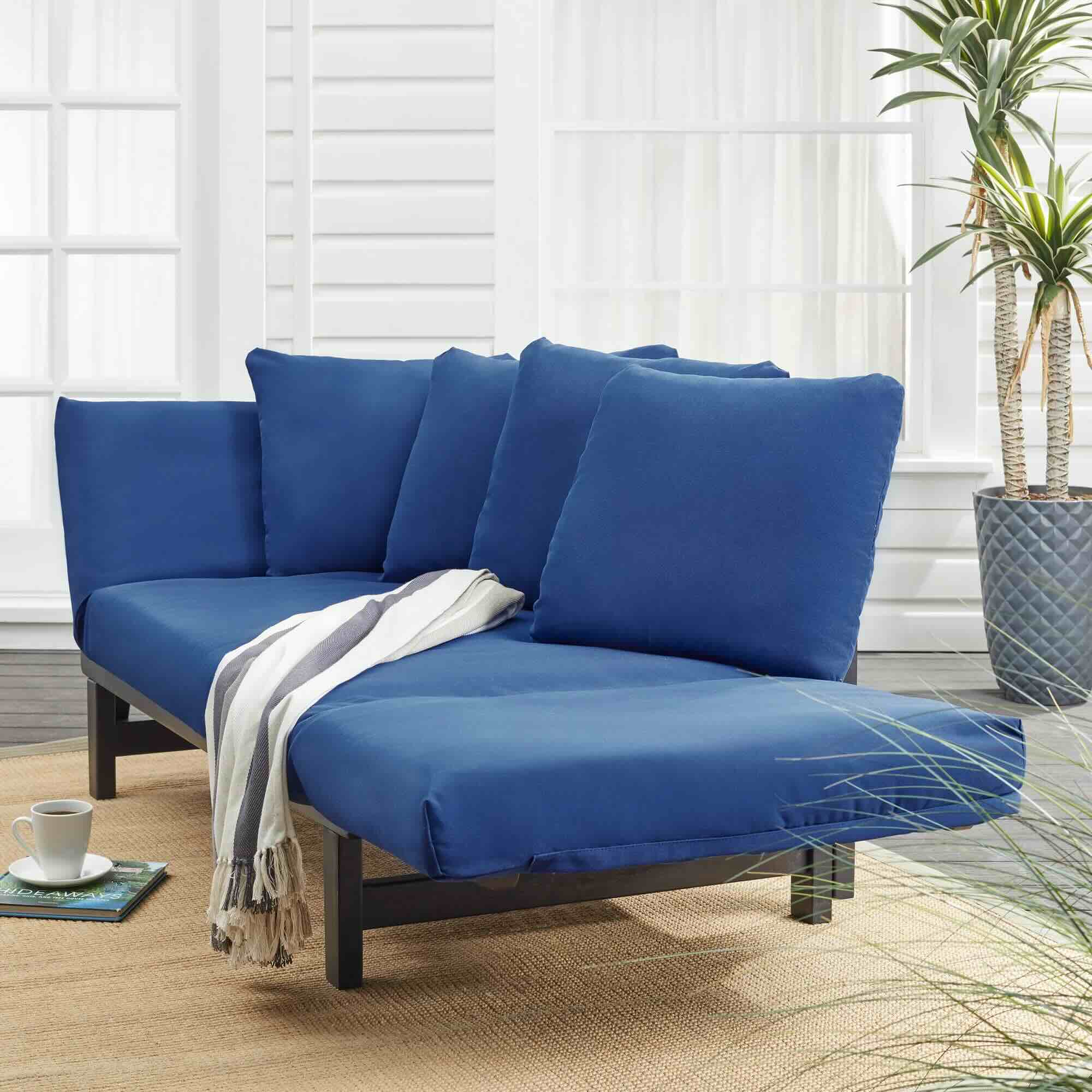
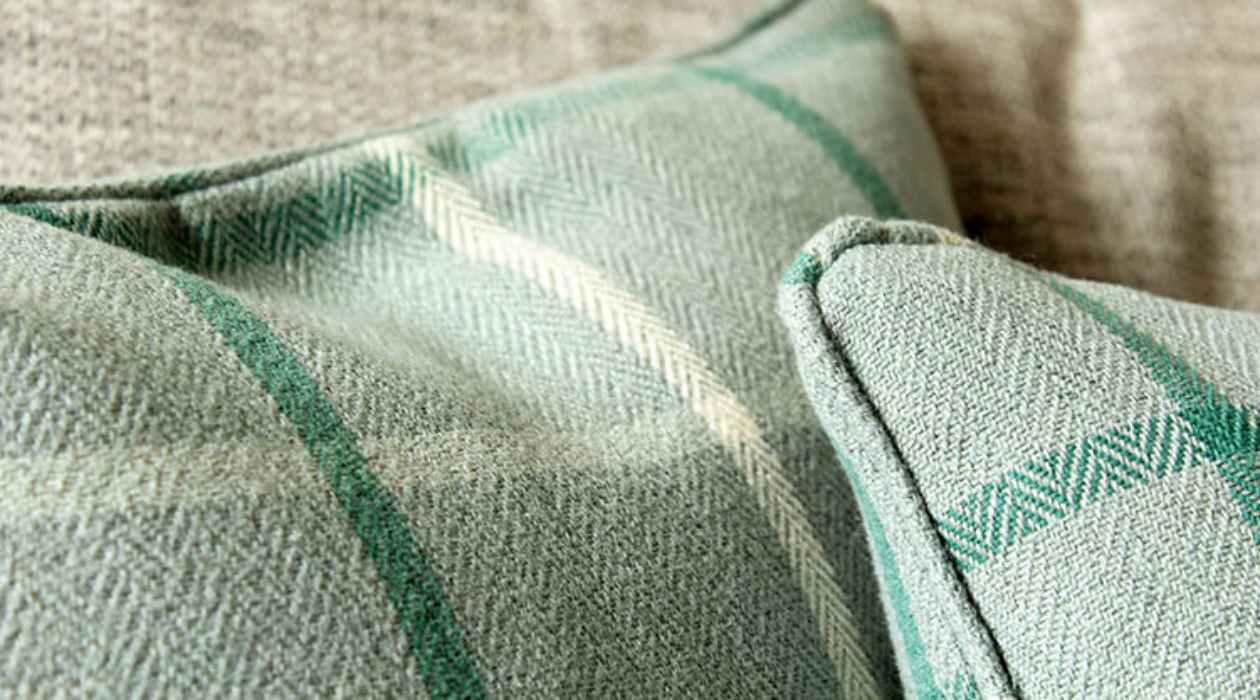
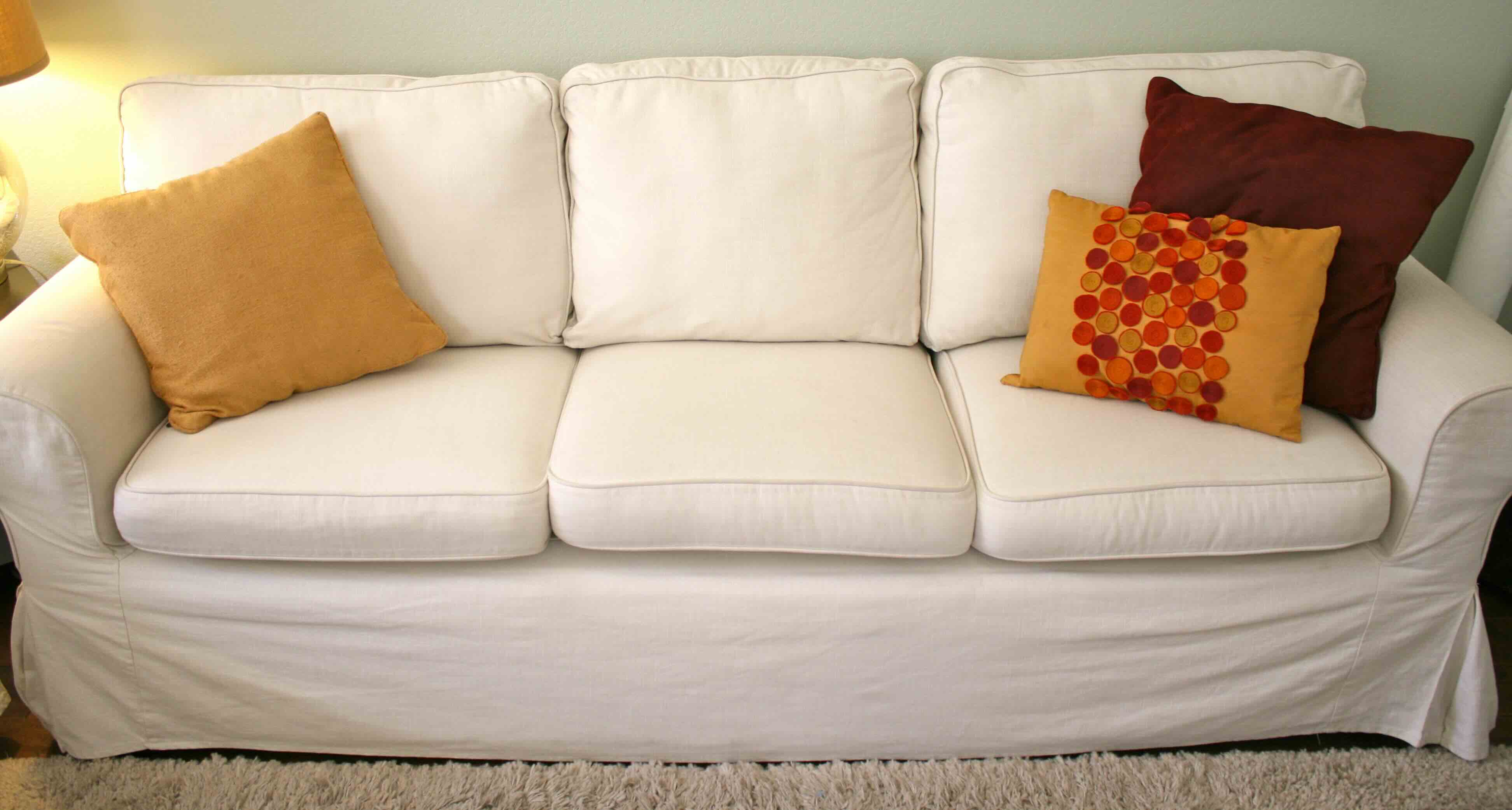
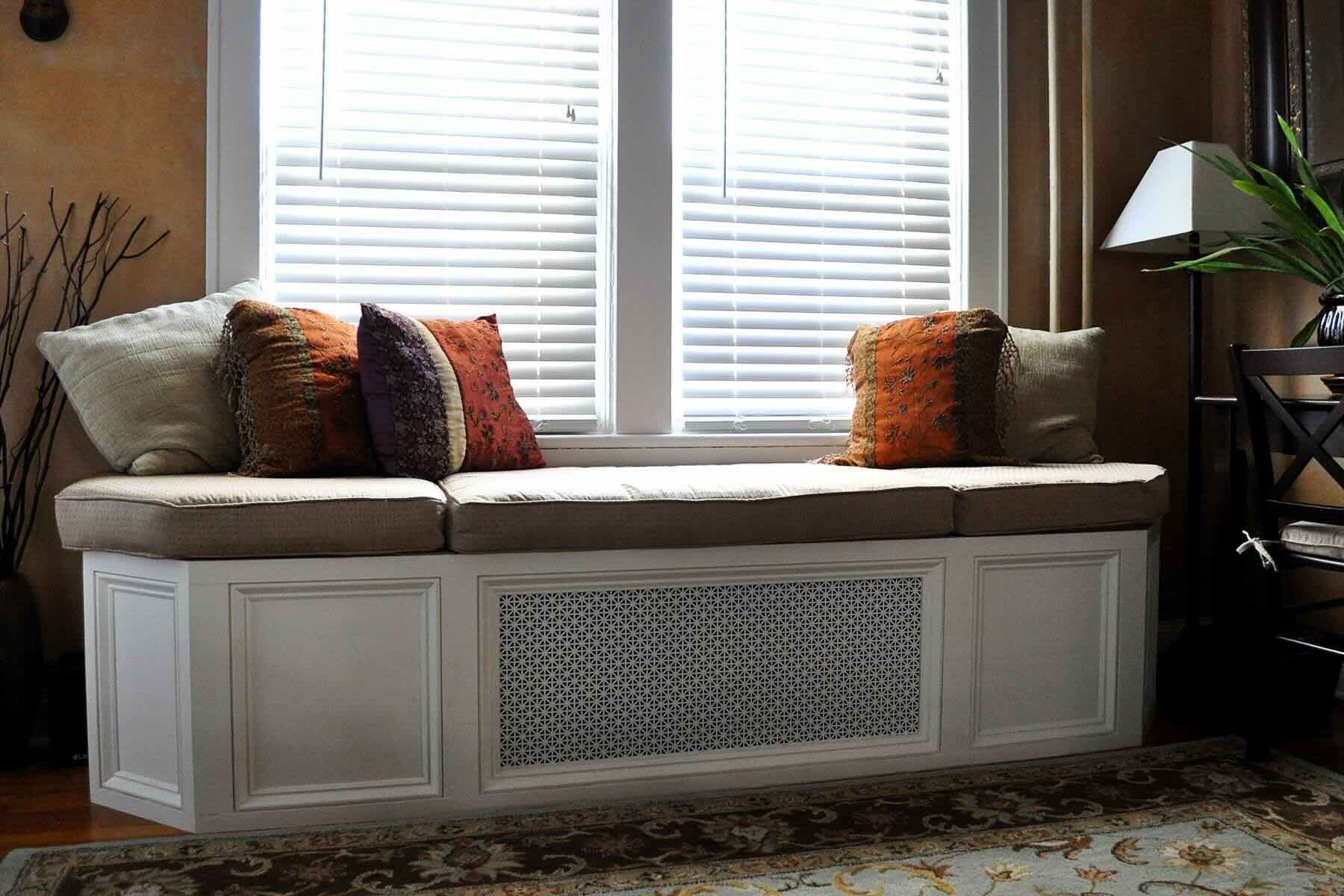
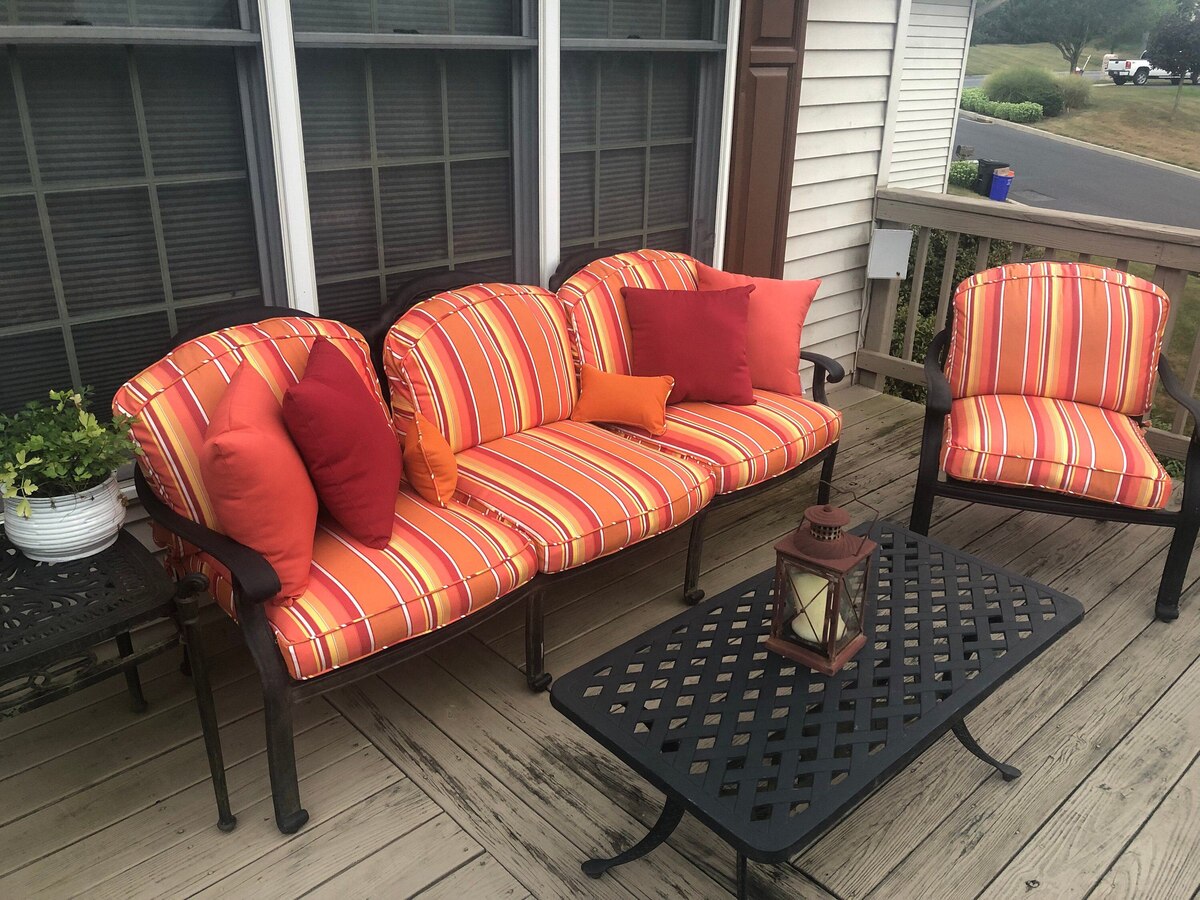
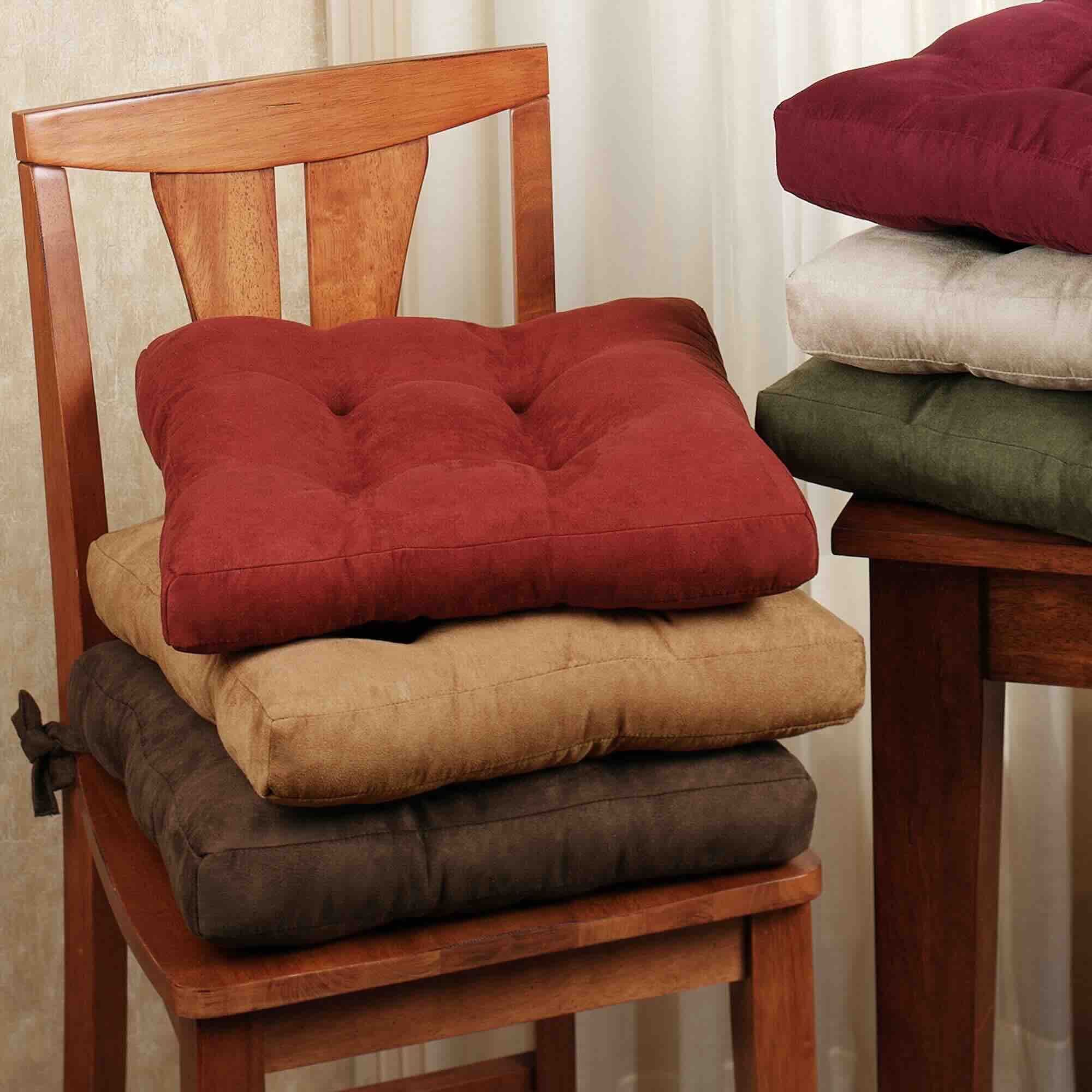
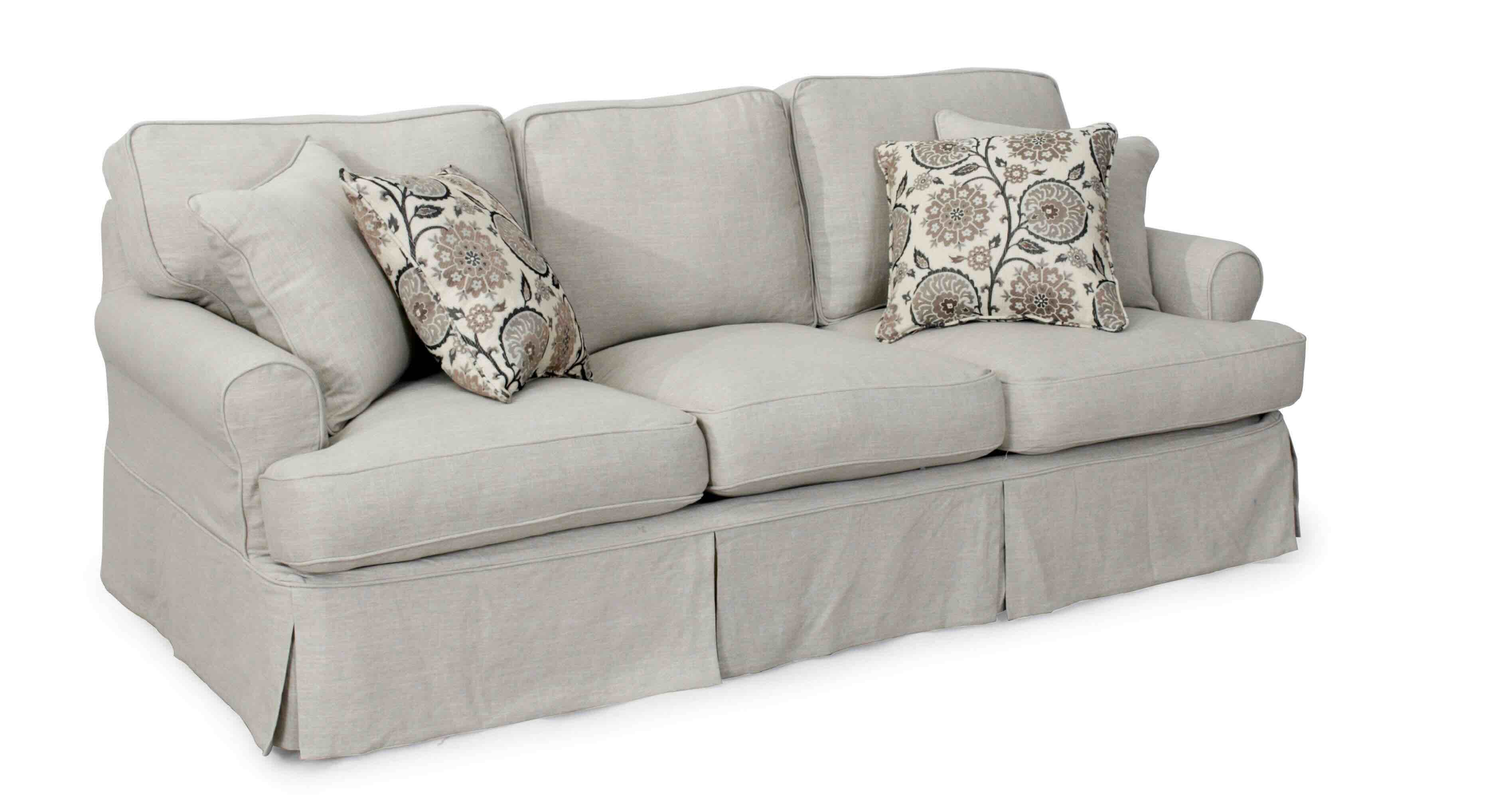
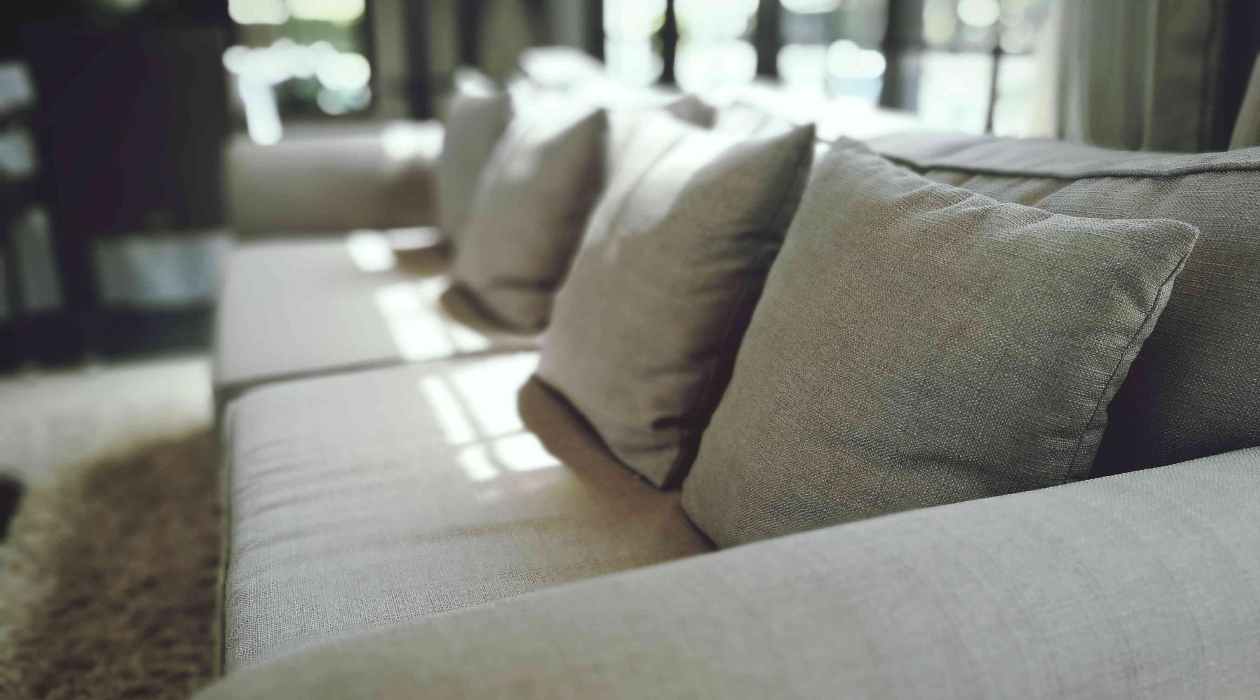
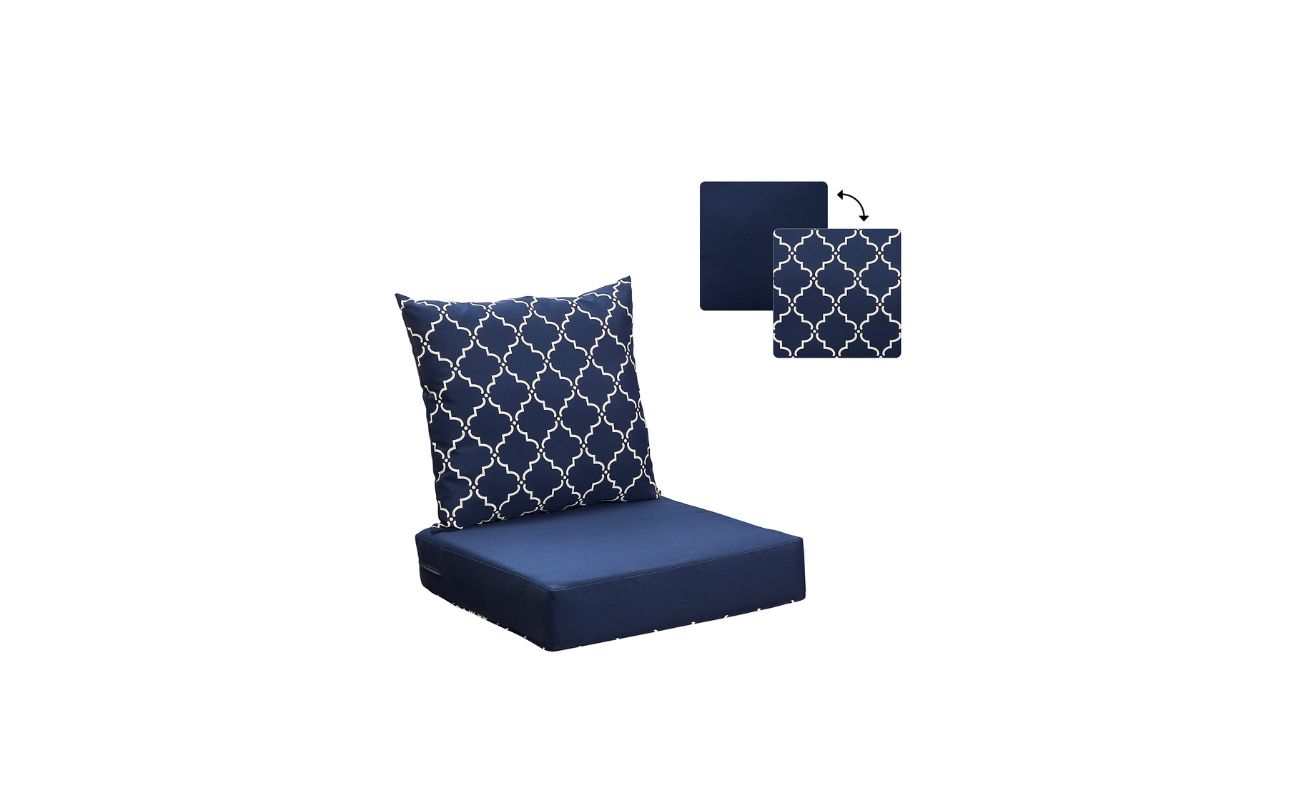
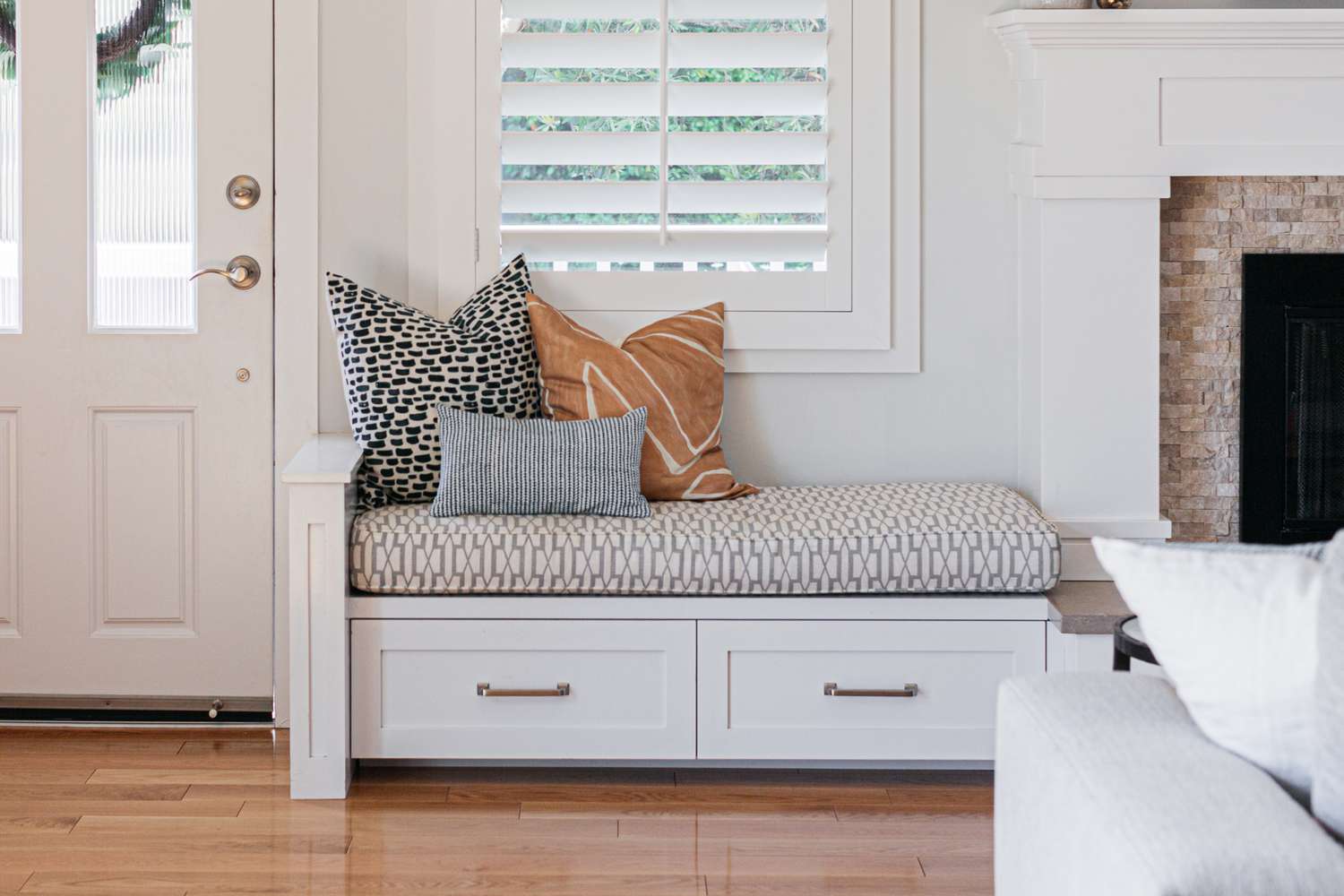
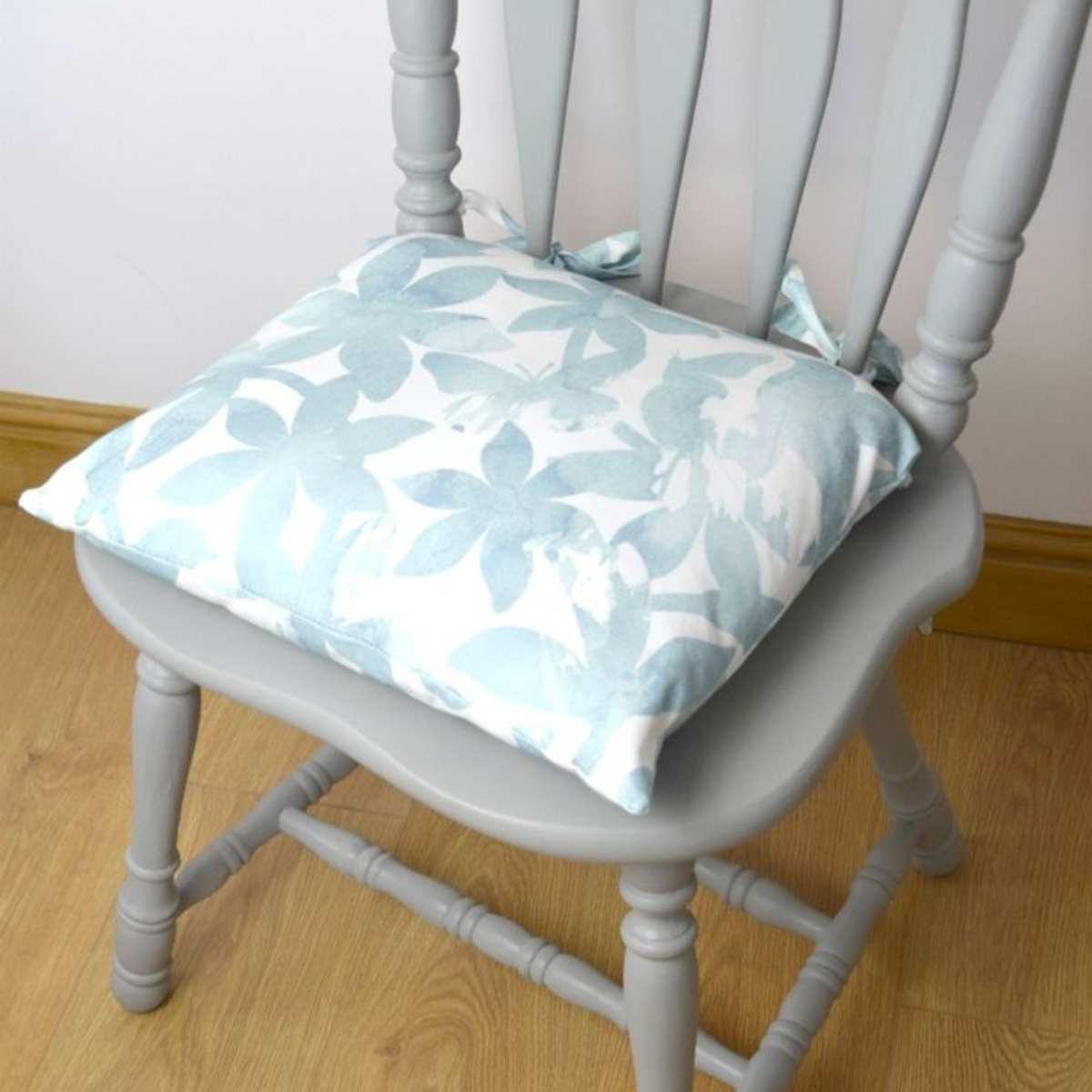
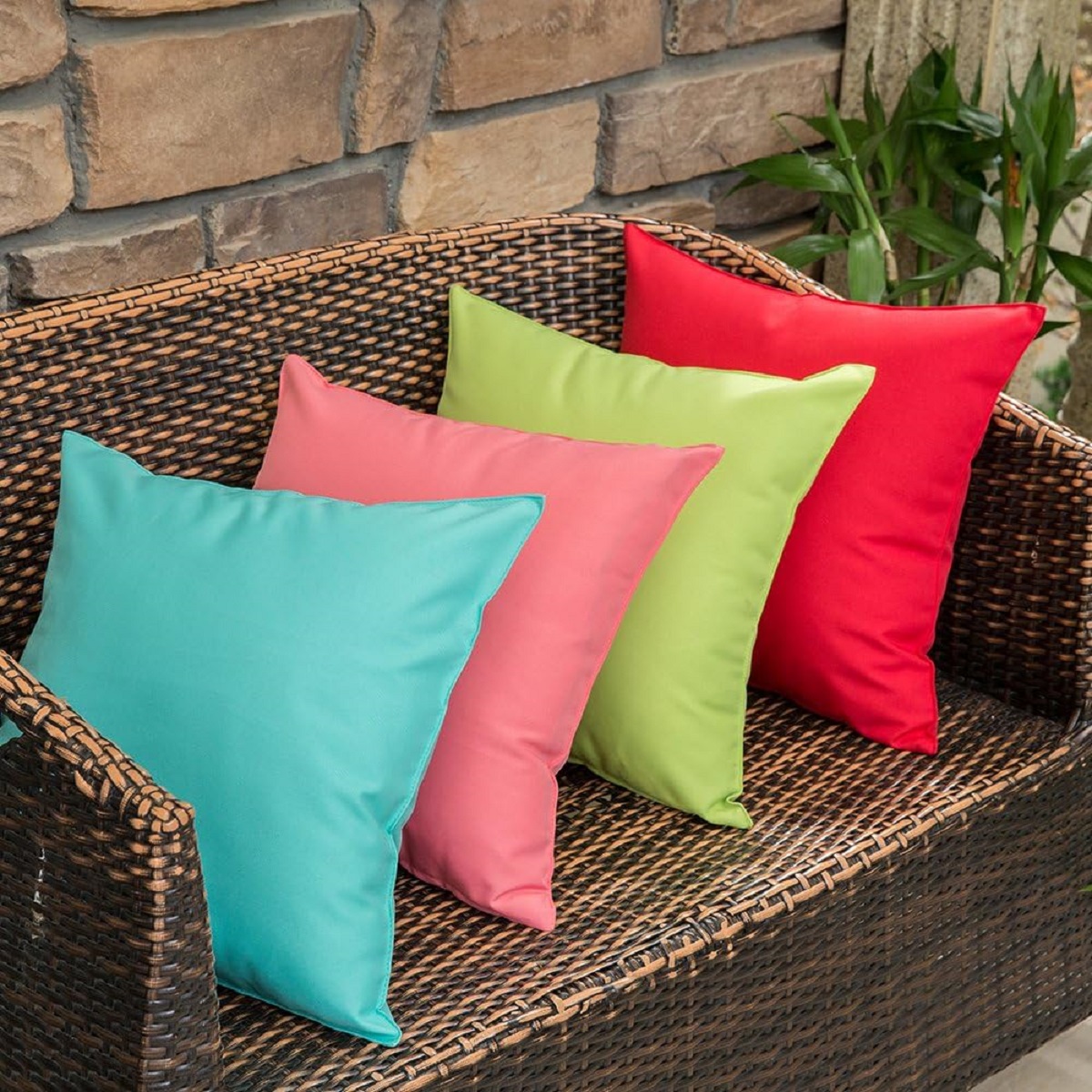
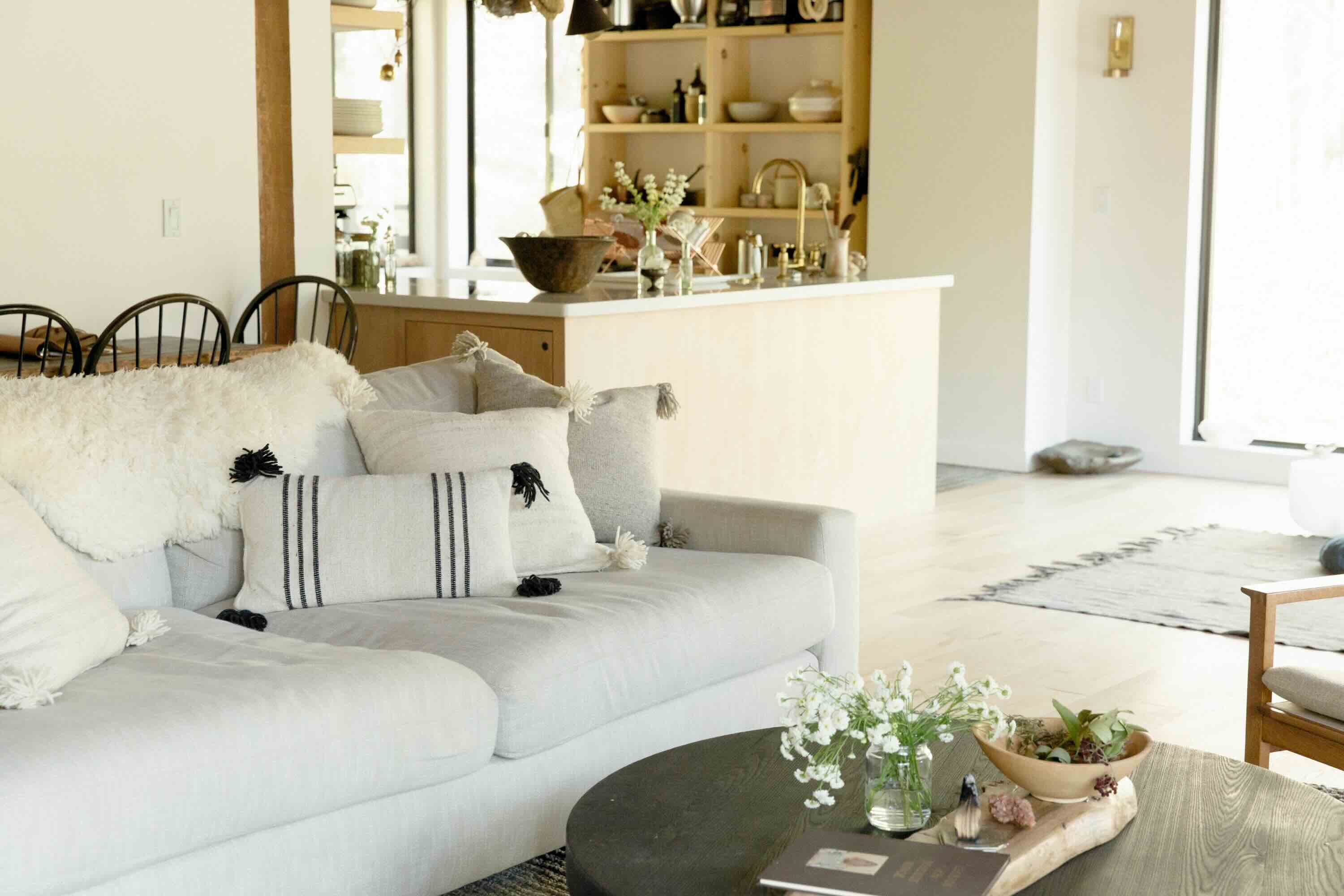

0 thoughts on “How To Make Cushions”